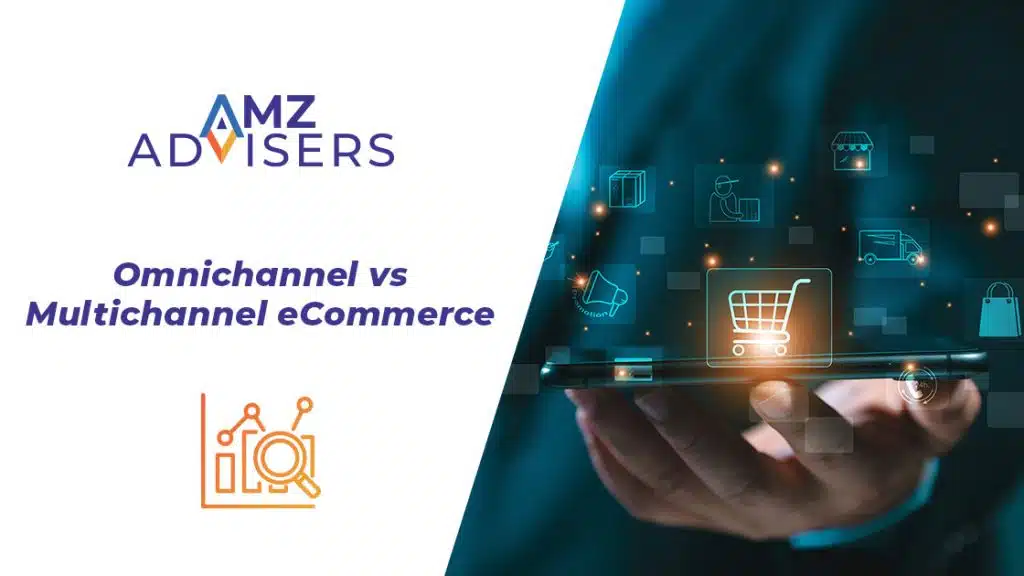A payment service provider is your silent partner that decides whether your money shows up on time, gets lost in fees, or triggers compliance headaches you never saw coming.
In 2023, global revenue from payment gateways climbed to $31 billion. By 2032, the market is projected to reach $161 billion, with hosted gateways accounting for approximately $94.99 billion and non-hosted gateways contributing around $66.01 billion.

This rapid growth highlights how vital reliable payment solutions have become for businesses and why selecting the right provider is a must.
Let’s unpack the basics of choosing the right business payment service provider that can handle your payments safely and quickly. We’ll also tackle the common challenges encountered by business owners and how to navigate them.
What is a Payment Service Provider?
A payment service provider (PSP) is a third-party platform that helps businesses process digital payments safely and efficiently. These payment methods could be in the form of:
- Credit cards
- Bank transfers
- Digital wallets
- Other methods
Instead of merchants building complex payment infrastructures from scratch, PSPs offer a ready-to-integrate solution that handles payment processing, settlement, fraud prevention, and compliance all in one place.
For Amazon sellers, using an online payment service provider is a must. Through Amazon’s Selling Partner Appstore, sellers can connect to approved PSPs to ensure their monthly payments for sellers are disbursed smoothly and in compliance with Amazon’s policies.
The rise of PSPs also reflects changing consumer behavior in the eCommerce space.
Between 2022 and 2026, digital wallets are expected to gain even more traction—projected to grow from 49% to 54% of global ecommerce transaction value. This marks a strong shift toward faster, more secure mobile and app-based payments.

In contrast, traditional credit and debit card usage is projected to decline slightly, while Buy Now, Pay Later (BNPL) options and account-to-account transfers are seeing modest growth.
Cash-based methods like cash on delivery are expected to drop even further, signaling a global movement toward digital-first, PSP-enabled transactions.
Advantages of Partnering with a PSP
Here’s how choosing the right payment service provider gives ecommerce ventures an edge:
Simplified Payment Management
Instead of juggling multiple bank integrations or manually tracking payments, PSPs offer one streamlined system to handle it all.
These capabilities include payment collection, processing, reconciliation, and reporting. This allows you to streamline processes and minimize the chances of human mistakes.
Global Reach Made Easy
A good PSP helps you manage international payments with built-in support for multi-currency transactions, regional payment methods, and foreign exchange handling. That means you won’t need separate systems for each market.
Faster Access to Funds
When it comes to cash flow, speed matters in ecommerce. Many PSPs offer shorter settlement periods, helping you get your revenue faster and improve your cash flow for reinvestment.
Better Checkout Experience
Statistics tell us that 18% of consumers who abandoned their carts did so because of a complicated checkout process. PSPs often come with optimized checkout options, helping reduce friction during checkout.
How Payment Service Providers Work for Amazon Seller
Amazon requires third-party sellers who don’t use direct bank accounts to work with PSPs that are part of its official Payment Service Provider Program. This ensures that funds flow securely from Amazon to your account, with full visibility and compliance along the way.
Here’s how it works: after a sale is made, Amazon processes the payment and disburses your earnings to your registered PSP. That provider then transfers the funds to your bank account, converting currencies if needed and deducting any applicable fees.
If your PSP isn’t on Amazon’s approved list, your disbursements may be delayed or even held, creating cash flow issues and compliance headaches.
One built-in option for some sellers is Amazon Pay, which functions both as a PSP and a digital wallet for customers. It allows shoppers to check out quickly using their Amazon credentials, while also providing sellers with a trusted channel to receive payments seamlessly.
Amazon Payment Service Provider Examples
To comply with Amazon’s Payment Service Provider Program, you must choose from a list of officially approved providers. Below is a comparison of several payment service providers approved by Amazon:
| Provider | Best For | Key Features | Fees |
| Payoneer | Global Amazon sellers | Multi-currency receiving accounts, FX services, PSPP approved | Varies by currency and transaction |
| PingPong | Cross-border Amazon payouts | Fast transfers, competitive exchange rates, localized support | Typically <1% foreign exchange markup |
| WorldFirst | Sellers in the UK, EU, Asia | International accounts in multiple currencies | Typically 0.3–0.5% above mid-market rate |
| Airwallex | Sellers needing virtual wallets | Multi-currency wallets, borderless cards, PSPP compliance | Typically 0.3%–0.6% above the interbank rate for foreign exchange |
| OFX Global Currency Account | Businesses managing large payouts | Personalized support, batch payments, low conversion fees | No setup fee; FX margin applies |
It’s a good practice to verify the PSP’s current approval status in the Selling Partner Appstore first, before signing up or connecting it to your Amazon seller account.

What to Look for in a PSP
If you want to avoid delayed payouts, compliance headaches, or excessive fees, here are the key features to look for when evaluating the best payment service provider for your ecommerce or Amazon business:
- Amazon Approval. If you’re an Amazon seller, make sure the provider is part of the Payment Service Provider Program. Only approved providers can securely process your monthly payments without risking disbursement holds.
- Strong International Payment Support. For sellers operating in global markets, look for multi-currency wallets, local receiving accounts, and competitive FX rates. Ideally, your PSP should have transparent fees and no surprise markups.
- Clear, Competitive Pricing. Avoid providers that bury fees in fine print. The best PSPs are upfront about transaction fees, foreign exchange margins, and payout charges. Some even offer volume-based discounts.
- Security and Compliance Tools. A reliable PSP should be PCI compliant, meaning they meet the Payment Card Industry Data Security Standards. This compliance is required for securely handling credit card transactions and protecting customer data.
Common Issues and How to Avoid Them
Here are some of the most common issues ecommerce and Amazon sellers face with PSPs, plus how to avoid them:
Disbursement Delays from Using Unapproved PSPs
Technically, Amazon does allow sellers to enter bank account details from any PSP, even if it’s not on the Payment Service Provider Program-approved list. However, using an unapproved PSP can impose the risk of having your monthly payments held or delayed.
Data shows that 82% of small businesses that fail cite cash flow problems as the main reason. If your payouts are delayed, your ability to replenish inventory, pay suppliers, or invest in growth can be seriously compromised.

- How to Avoid. Before onboarding a PSP, verify its approval status in the Selling Partner Appstore. Review your account regularly to ensure your payout method is compliant, especially if you expand to new regions.
Hidden or Excessive Fees
Some PSPs advertise “low fees” but hide additional charges in currency conversion, withdrawal fees, or inactivity penalties. Over time, these can erode your margins—especially for sellers managing international payments.
- How to Avoid. Ask for a transparent fee breakdown before signing up. Watch out for foreign exchange markups and monthly maintenance charges. It’s also best to regularly compare fees against other providers to ensure you’re not overpaying.
Non-Compliance with Security Standards
Using a PSP that lacks proper security protocols, especially PCI compliance, can open the door to serious threats like data breaches, fraudulent transactions, and legal liability.
If your PSP isn’t PCI compliant, your customers’ sensitive information (e.g., card numbers, authentication data, etc.) could be exposed. This scenario can put both your reputation and your finances at risk.
- How to Avoid. Ensure your PSP is PCI compliant, meaning it adheres to strict data protection rules for handling credit card transactions.
If you need help evaluating whether your PSP meets Amazon’s security requirements, reach out to AMZ Advisers, who can help you stay compliant while optimizing your payment workflow.
Limited Currency or Region Support
Not all PSPs are built for global commerce. Some have limited currency support or don’t service specific countries. In such cases, using these PSPs can lead to failed payments or higher conversion costs.
- How to Avoid. Check if the PSP supports all the currencies and countries you operate in or plan to expand into. It also pays to use a multi-currency wallet or global PSP that offers localized receiving accounts and low conversion fees.
Final Thoughts
Choosing the right payment service provider is a crucial part of your business strategy. Not only does it allow you to protect your cash flow, but it can also help you expand seamlessly into international markets.
Before committing, do your research: check for Amazon approval, compare foreign exchange rates, and make sure the provider’s support team is as dependable as their technology.
Author
 Carla Bauto Deña is a journalist and content writer producing stories for traditional and digital media. She believes in empowering small businesses with the help of innovative solutions, such as ecommerce, digital marketing, and data analytics.
Carla Bauto Deña is a journalist and content writer producing stories for traditional and digital media. She believes in empowering small businesses with the help of innovative solutions, such as ecommerce, digital marketing, and data analytics.
 Esteban Muñoz is a writer, editor and content manager with several years’ experience in ecommerce and digital marketing. Over the years, he’s been able to help his associates grow by optimizing and creating in-depth content marketing strategies.
Esteban Muñoz is a writer, editor and content manager with several years’ experience in ecommerce and digital marketing. Over the years, he’s been able to help his associates grow by optimizing and creating in-depth content marketing strategies.



